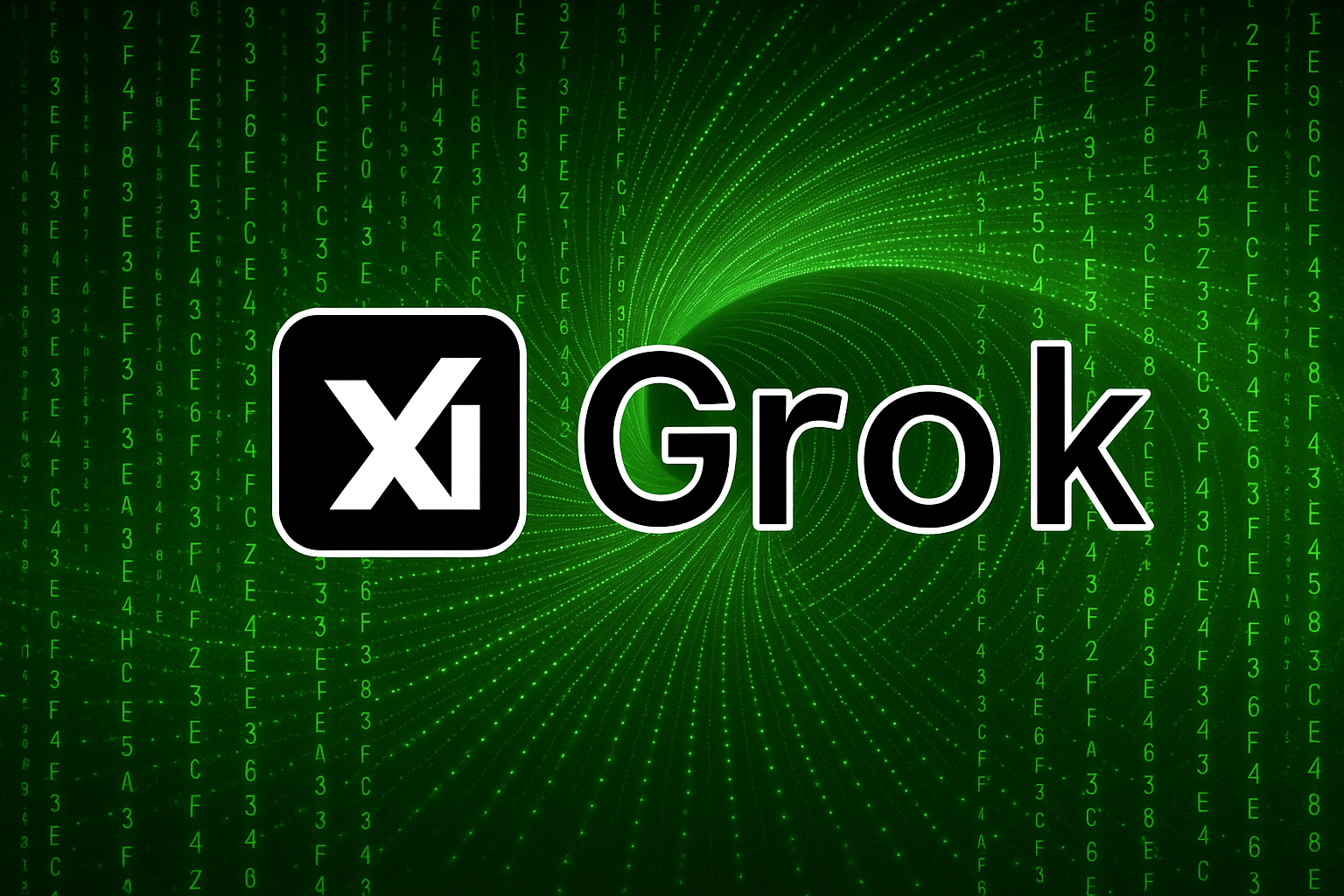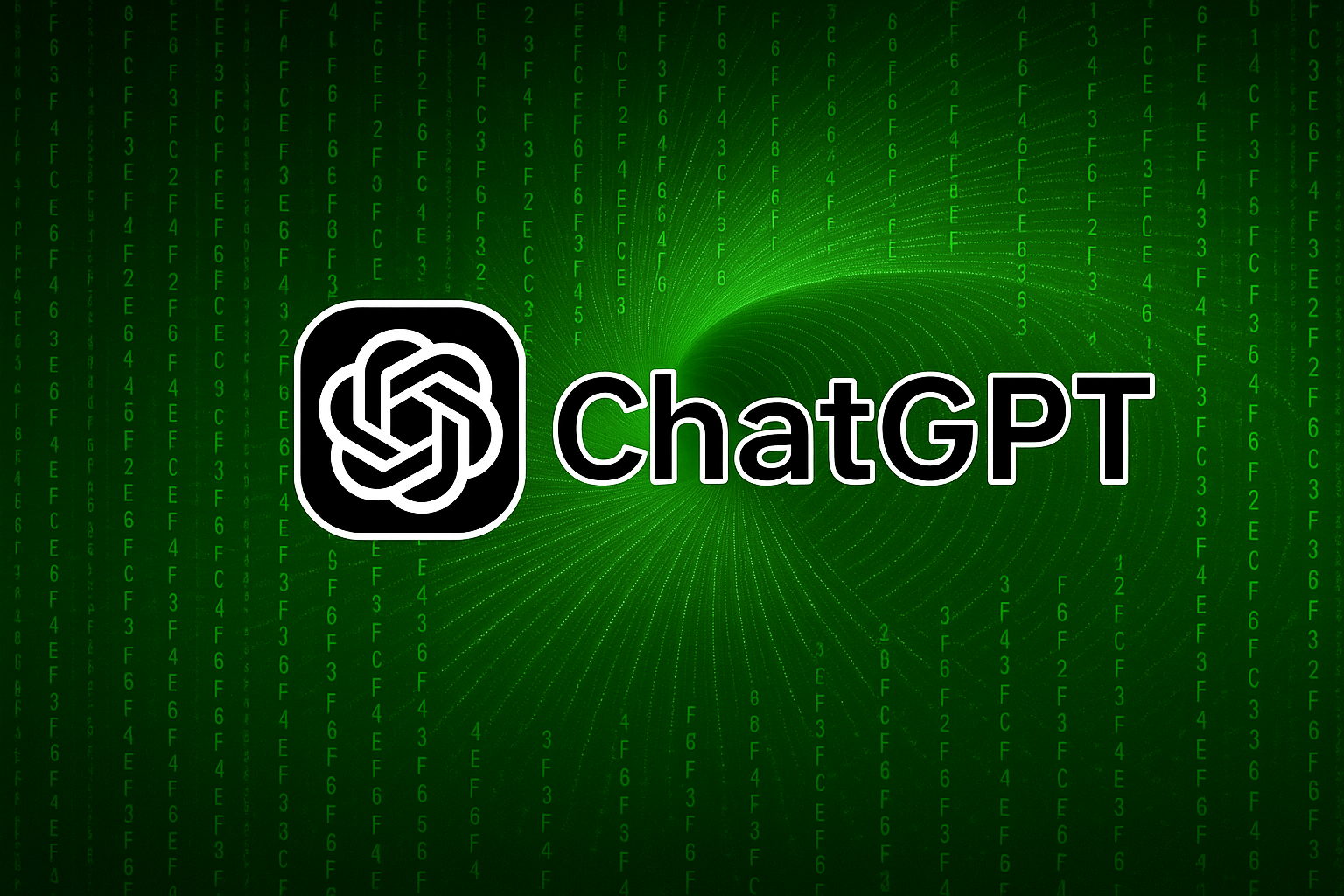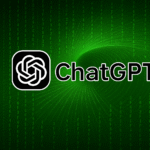While prompting is the key to getting started, the flow of a conversation with ChatGPT is what determines how useful the interaction becomes. This article provides practical advice on how to communicate clearly, give feedback, and guide ChatGPT as a collaborative partner rather than just a tool.
Treat It Like a Dialogue
Think of ChatGPT as a collaborator. It works best when you treat the interaction like a conversation, not just a single command. Each prompt is a chance to guide or clarify the direction of the dialogue.
Example:
“That’s helpful, but can you rewrite it in a more persuasive tone?”
This simple follow-up is often more effective than starting over. Small tweaks lead to better outcomes.
Tip 1: Be Direct and Clear
Avoid ambiguity. Instead of asking a vague question like:
“What’s the best way to be productive?”
Try:
“Can you suggest five proven productivity techniques for remote workers who struggle with distractions at home?”
This helps ChatGPT tailor the answer to your situation.
Tip 2: Break Down Complex Tasks
For large projects or intricate questions, break them into smaller steps. ChatGPT responds better to segmented tasks.
Example:
“First, help me outline a blog post about minimalism. Then, let’s draft the introduction.”
This prevents the model from becoming overwhelmed and keeps things structured.
Tip 3: Define the Output Format
If you need something in a specific format—like a table, bullet list, or code block—say so explicitly.
Examples:
- “List the pros and cons in bullet points.”
- “Present this data in a markdown table.”
- “Summarize this text into a 3-paragraph abstract.”
This saves time on reformatting and improves readability.
Tip 4: Provide Feedback During the Conversation
You can train ChatGPT during your conversation by giving real-time feedback.
Example:
“That’s too formal. Can you try a more casual tone?”
Or:
“Good start, but please add a statistic and a call-to-action at the end.”
This feedback loop is how you shape responses without needing to rephrase the entire prompt.
Tip 5: Use Context Wisely
ChatGPT uses the current conversation as context, but it doesn’t retain memory unless enabled. You can help by:
- Reminding it of earlier details
- Repeating relevant instructions in longer conversations
Example:
“As I mentioned earlier, I’m targeting college students for this guide.”
This re-anchors the conversation, especially if you’re several prompts in.
Tip 6: Restart When Needed
If the conversation drifts too far off-topic or gets muddled, start a new chat. It’s often more efficient than trying to correct course repeatedly.
Pro Tip: Save good prompts or instructions you frequently reuse. These can be copy-pasted to restart sessions cleanly.
Tip 7: Experiment and Iterate
Don’t be afraid to try different phrasings or approaches.
One task, multiple prompts:
- “Summarize this in plain English.”
- “Turn this into a short LinkedIn post.”
- “What’s a creative way to rewrite this for a younger audience?”
Sometimes the magic is in the second or third version.
Real-Life Scenarios
Writing a Newsletter:
Initial Prompt: “Help me draft a newsletter about our new app feature.”
Follow-up: “Make it more exciting and user-focused. Highlight how it saves time.”
Learning a Concept:
Initial Prompt: “Explain the blockchain.”
Follow-up: “Now explain it as if I were 10 years old.”
Customer Service Training:
Initial Prompt: “Write a response to an unhappy customer.”
Follow-up: “Make the tone more empathetic and offer a discount.”
These examples show how dialogue refines results.
Final Thoughts
Effective conversation with ChatGPT is a process of clarity, feedback, and iteration. The more you treat it like a skilled collaborator who just needs precise guidance, the more value you’ll get from every interaction.



